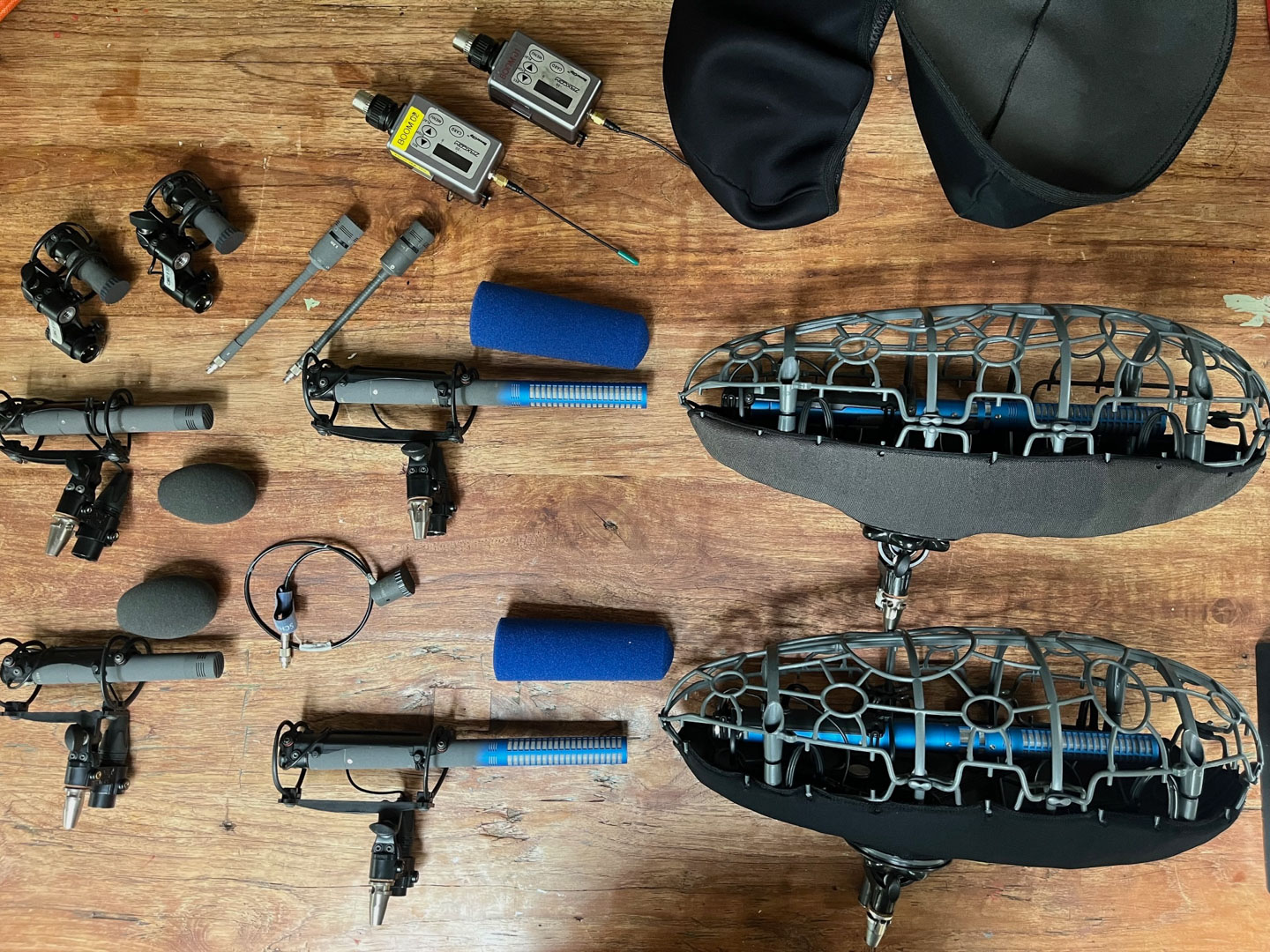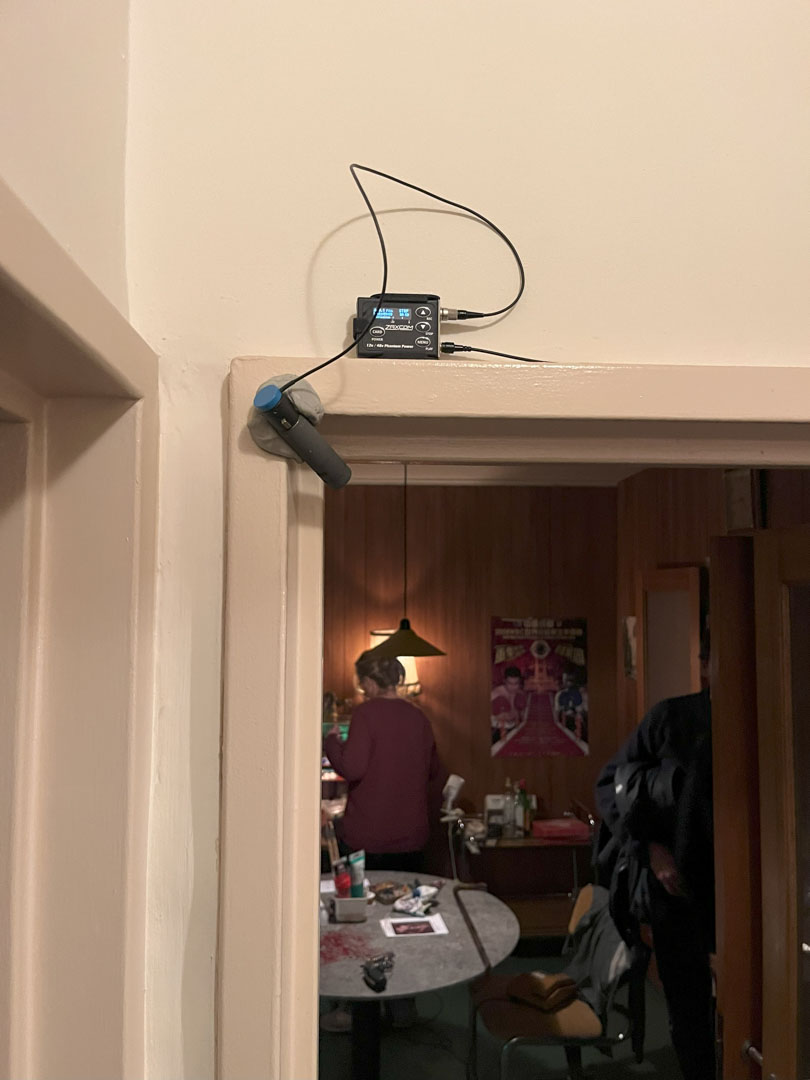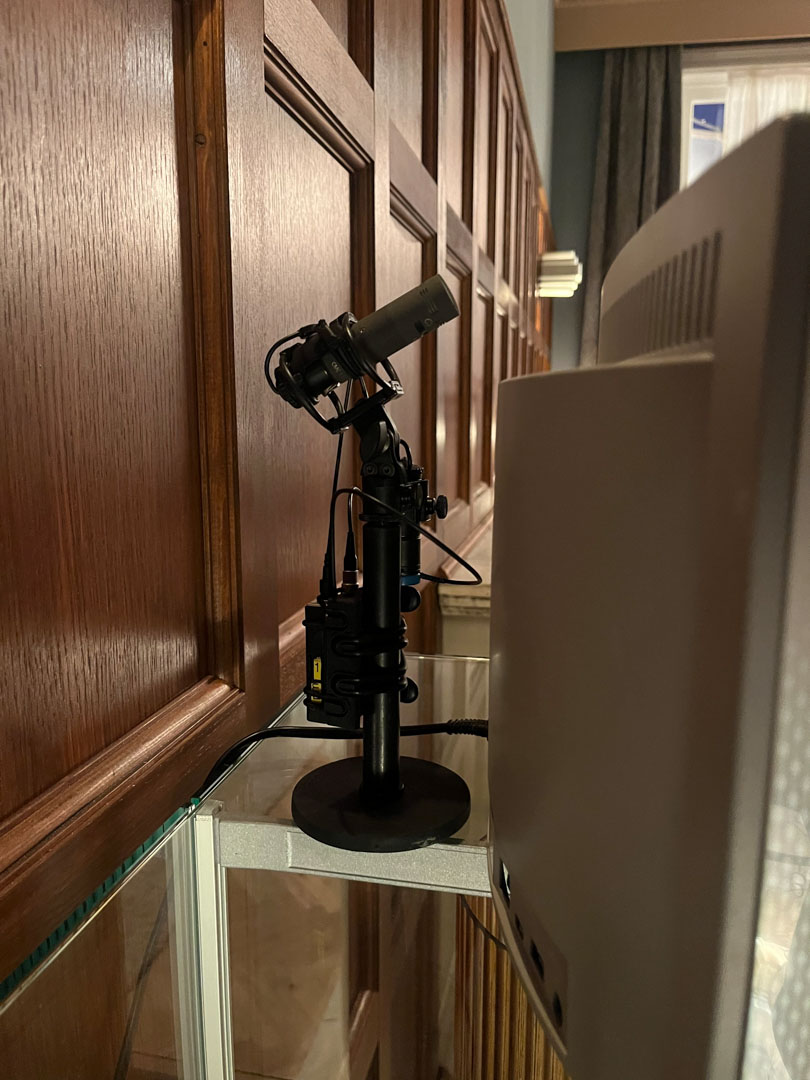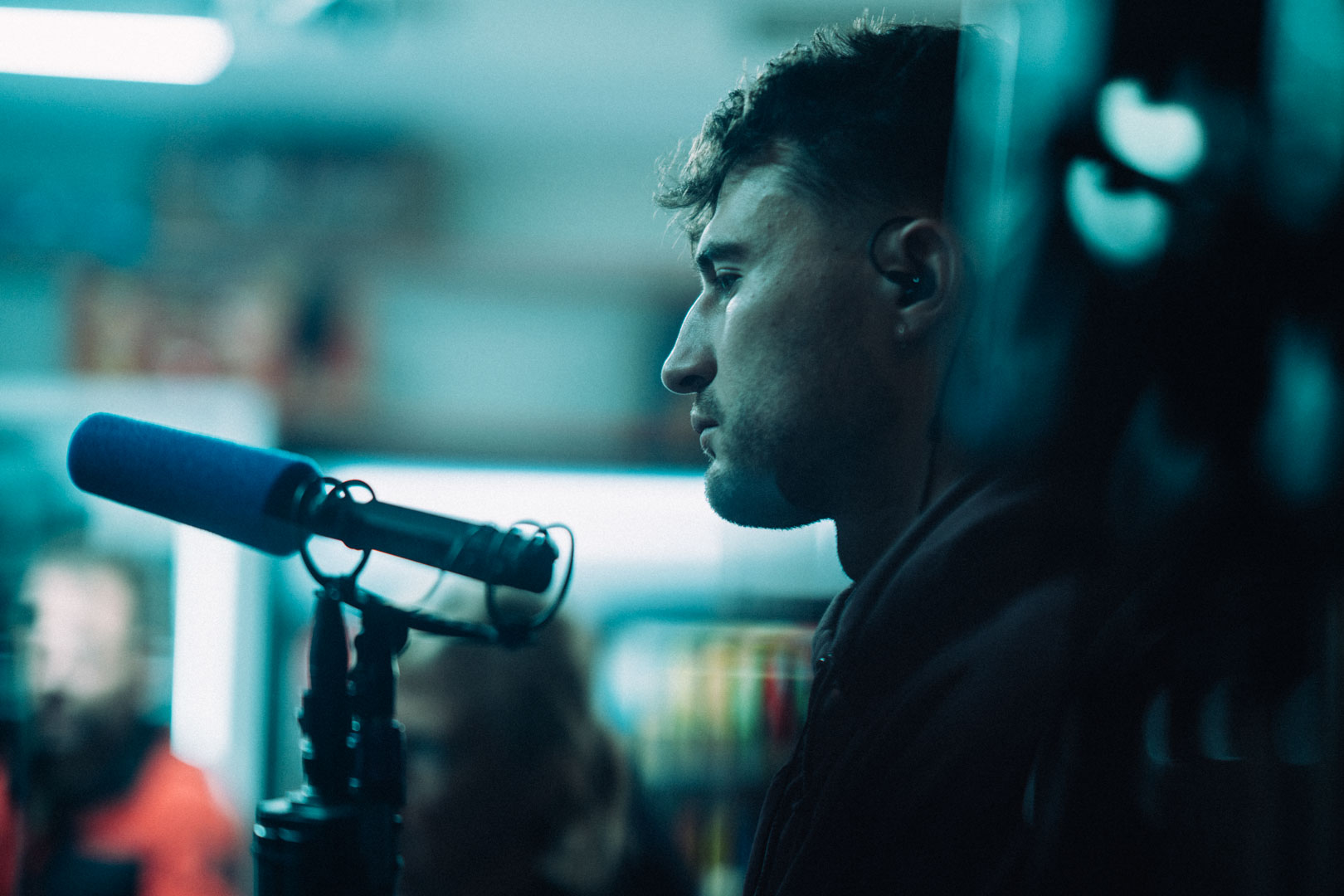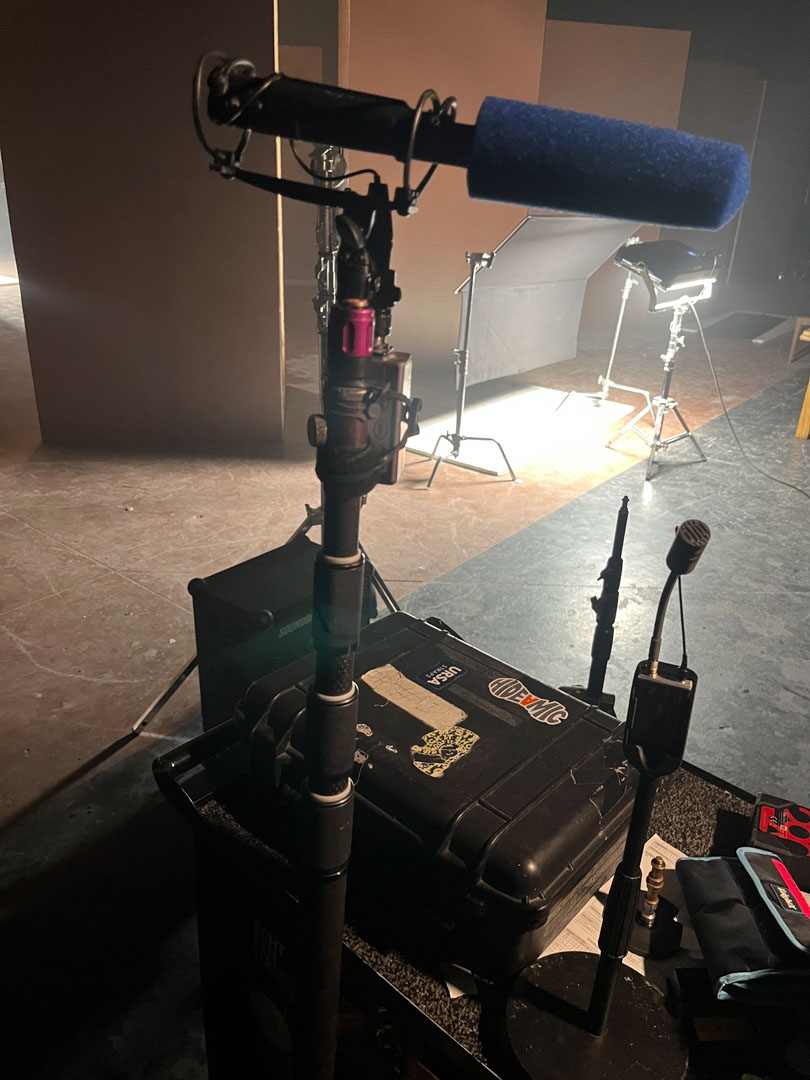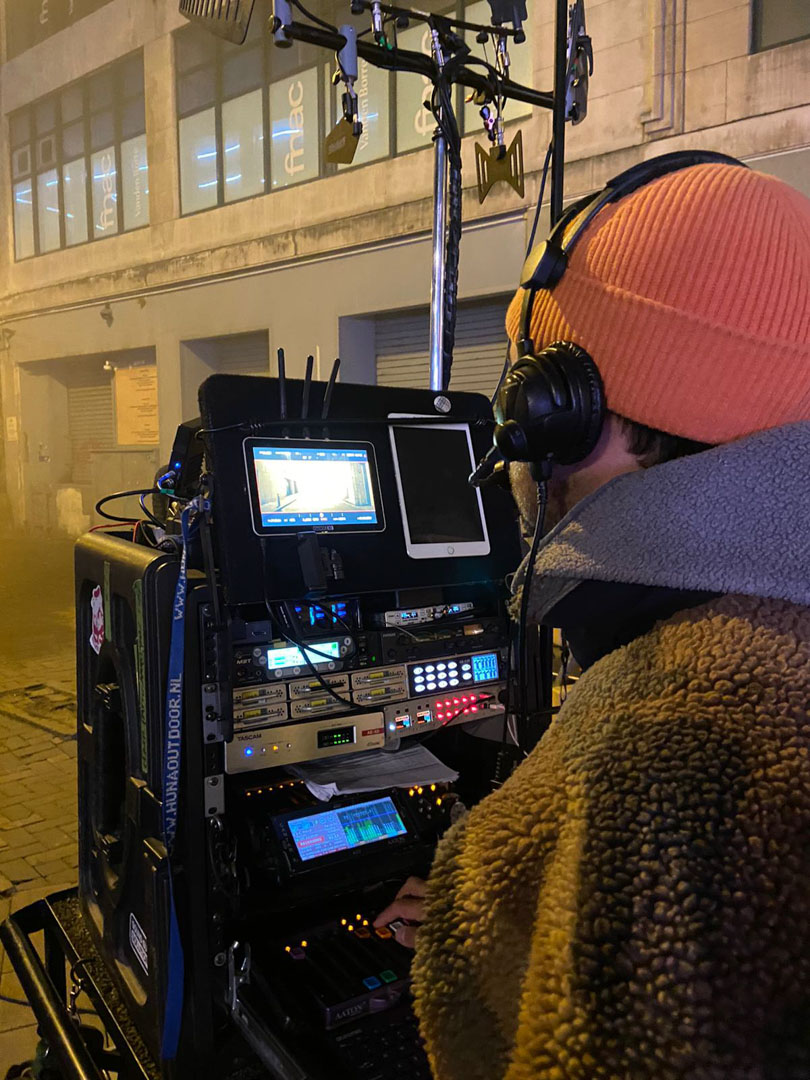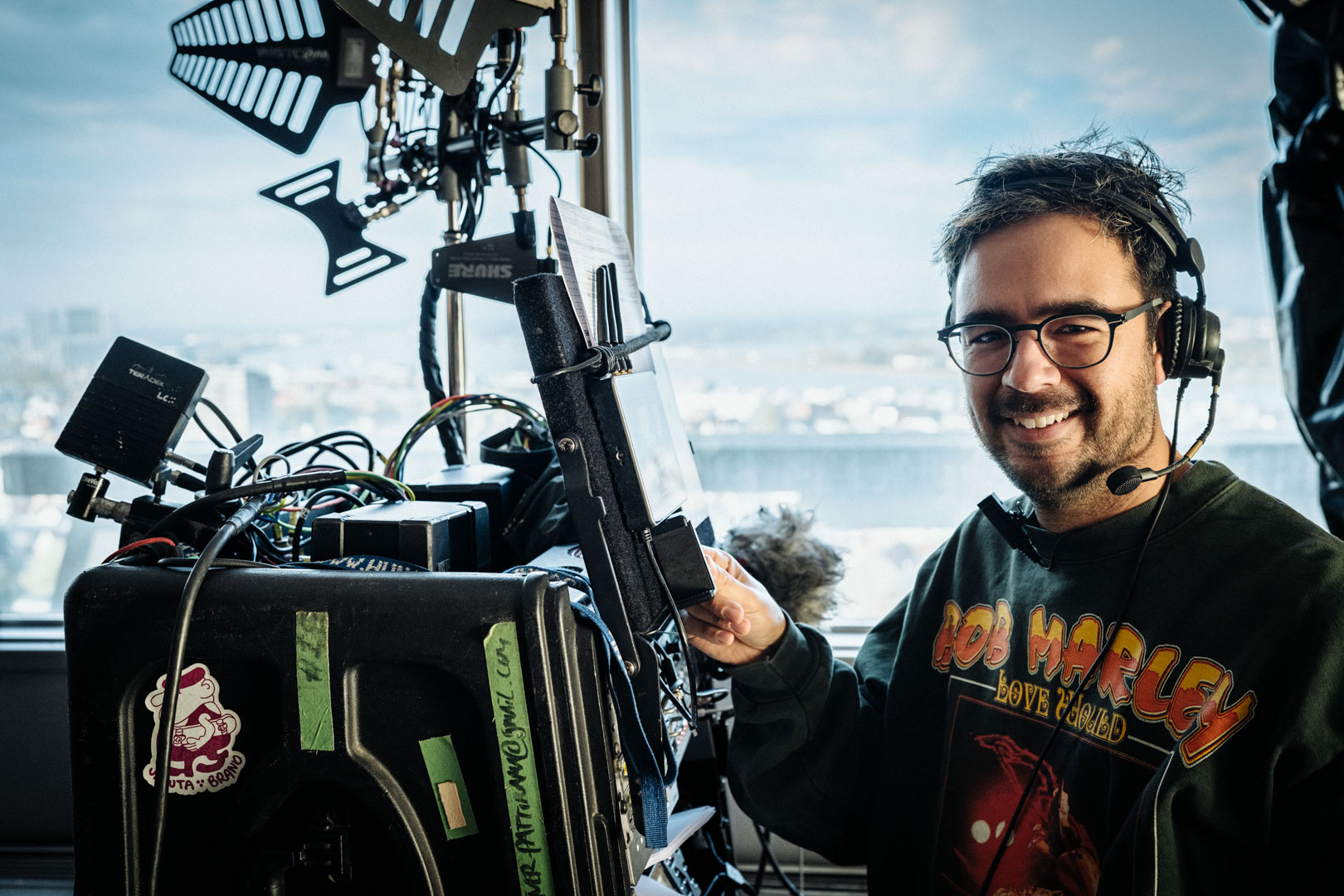Für Production Sound Mixer Oliver Pattinama ist guter O-Ton mehr als nur Technik, er versteht diesen als integralen Bestandteil des filmischen Erzählens. Von Amsterdam aus arbeitet er an unterschiedlichsten europäischen Produktionen. Ein essenzieller Baustein seiner Arbeit ist sein vielseitiges Setup mit Mikrofonen von SCHOEPS. Damit gelingt es ihm, selbst in akustisch schwierigen Situationen wie belebten Straßen oder problematischen Innenräumen einen klaren, zuverlässigen Originalton aufzunehmen – ein wichtiger Beitrag zur Atmosphäre eines Films.
Am Beispiel des belgischen Thrillers Nachtvlinders beschreibt Oliver die Herausforderungen bei den Dreharbeiten – und wie ihm insbesondere der digitale Verstärker CMD 42 sowie die KMIT-Kapseln dabei halfen, eine dichte, glaubwürdige Klangwelt zu schaffen. Seine Erfahrungen bieten praxisnahe Einblicke für alle, die professionell mit Set-Ton arbeiten.


